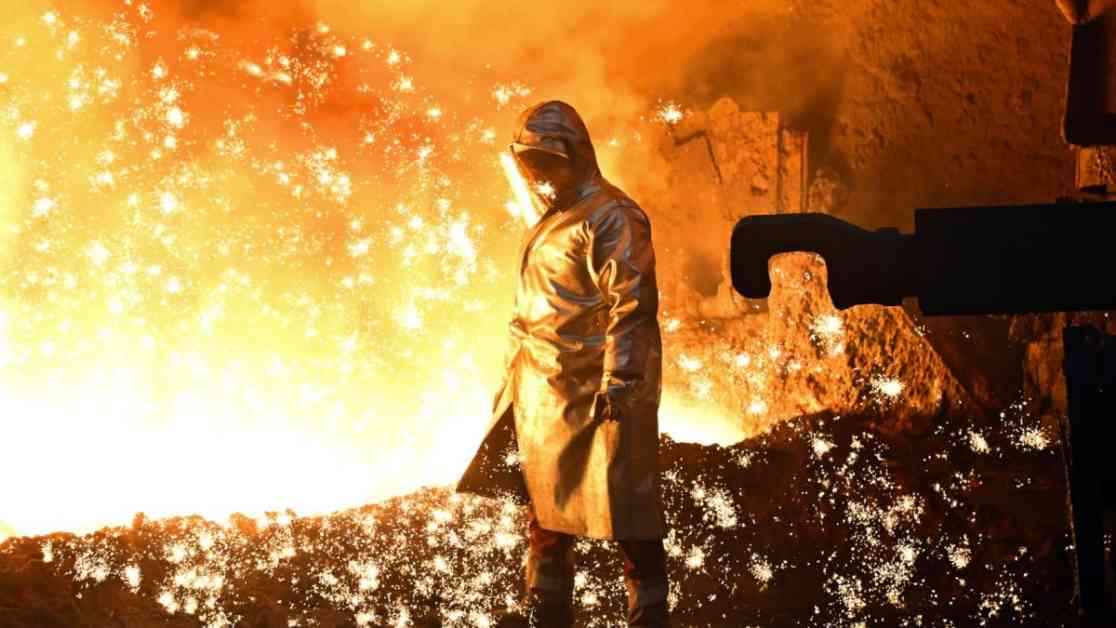President Donald Trump recently announced plans to impose 25% tariffs on steel and aluminum imports, sparking concerns and speculation about the potential winners and losers of this decision. While the United States is expected to benefit from these tariffs, other countries like Canada, Mexico, Germany, and Asian exporters may face significant challenges.
United States: Winners and Losers
The United States stands to gain from the proposed tariffs, with steel imports declining over the past decade and aluminum imports rising steadily. Analysts predict that these tariffs could initially harm demand but lead to increased investment in the long term. Since Trump’s initial tariffs in 2018, the US has seen a rise in investment in the steel and aluminum sectors, with a significant impact on trade relations with Canada, Mexico, and the European Union. Despite the potential benefits for the US, the impact on other countries could be severe.
Canada and Mexico: Potential Losers
Canada and Mexico are among the largest exporters of steel and aluminum to the US, making them vulnerable to the impact of these tariffs. Despite temporary exemptions from blanket duties, these countries are likely to face challenges if the tariffs are implemented. The economic repercussions could be significant for both nations, affecting trade relationships and economic stability.
Germany: Facing Challenges
Germany, another major steel exporter to the US, is also at risk of being negatively impacted by the proposed tariffs. While Thyssenkrupp, a leading European steelmaker, expects limited effects on its business, the broader implications for Germany’s steel industry remain uncertain. With a focus on high-quality niche products and a strong market position in the US, German steel exporters may need to navigate changing trade dynamics and tariff policies.
Asian Exporters: Navigating Uncertainty
Countries like South Korea, Vietnam, and Japan are likely to see their steel and aluminum exports affected by the new tariffs. With significant growth in exports to the US in recent years, these countries face challenges in maintaining their market share and profitability. Taiwan, in particular, experienced a 75% increase in steel exports to the US in 2024, highlighting the potential impact of changing trade policies on Asian exporters.
Looking Ahead
As President Trump moves forward with the implementation of these tariffs, the global steel and aluminum industries are bracing for significant changes. While the US stands to benefit from increased investment and production, other countries are preparing for potential disruptions in their exports and economic stability. The long-term effects of these tariffs remain uncertain, highlighting the complex interplay of trade relations and economic policies in a globalized world. As stakeholders across industries and nations adapt to these changes, the impact of these tariffs will continue to shape the future of international trade and economic development.


